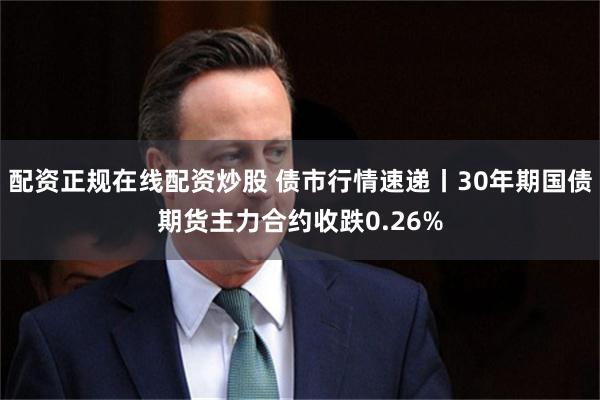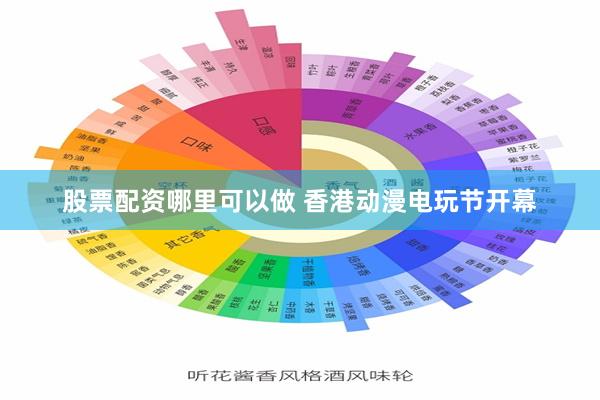
在Python中,if语句是一种基本的控制流结构,用于根据条件执行不同的代码块。Python的if语句语法简洁且易于阅读2023最大十倍杠杆炒股平台,支持多种条件判断形式。以下是Python中if语句的详细说明:
基本语法
python
if
# 条件为真时执行的代码块
带else的if语句
python
if condition:
# 条件为真时执行的代码块
else:
# 条件为假时执行的代码块
带elif的多条件判断
python
if condition1:
展开剩余79%# 条件1为真时执行的代码块
elif condition2:
# 条件2为真时执行的代码块
elif condition3:
# 条件3为真时执行的代码块
else:
# 以上条件都不满足时执行的代码块
示例
简单条件判断
python
x = 10
if x > 5:
print("x is greater than 5")
带else的条件判断
python
x = 3
if x > 5:
print("x is greater than 5")
else:
print("x is 5 or less")
带elif的多条件判断
python
score = 85
if score >= 90:
print("A")
elif score >= 80:
print("B")
elif score >= 70:
print("C")
else:
print("D")
嵌套条件判断
python
x = 15
if x > 10:
print("x is greater than 10")
if x > 20:
print("x is also greater than 20")
else:
print("x is not greater than 20")
单行条件判断(三元运算符风格)
Python允许在单行中使用if表达式,类似于其他语言的三元运算符:
python
x = 10
result = "Even" if x % 2 == 0 else "Odd"
print(result) # 输出: Even
注意事项
缩进:Python使用缩进来定义代码块,而不是大括号。因此,if语句的代码块必须正确缩进。
冒号:每个条件后必须有一个冒号(:)。
布尔值:在Python中,任何非零数字和非空对象都被视为True,而零、空对象(如空列表、空字符串等)被视为False。
链式比较:Python支持链式比较,例如if 1 < x < 10。
Python的if语句提供了灵活的条件判断机制2023最大十倍杠杆炒股平台,使得代码可以根据不同的条件执行不同的逻辑。
发布于:内蒙古自治区




